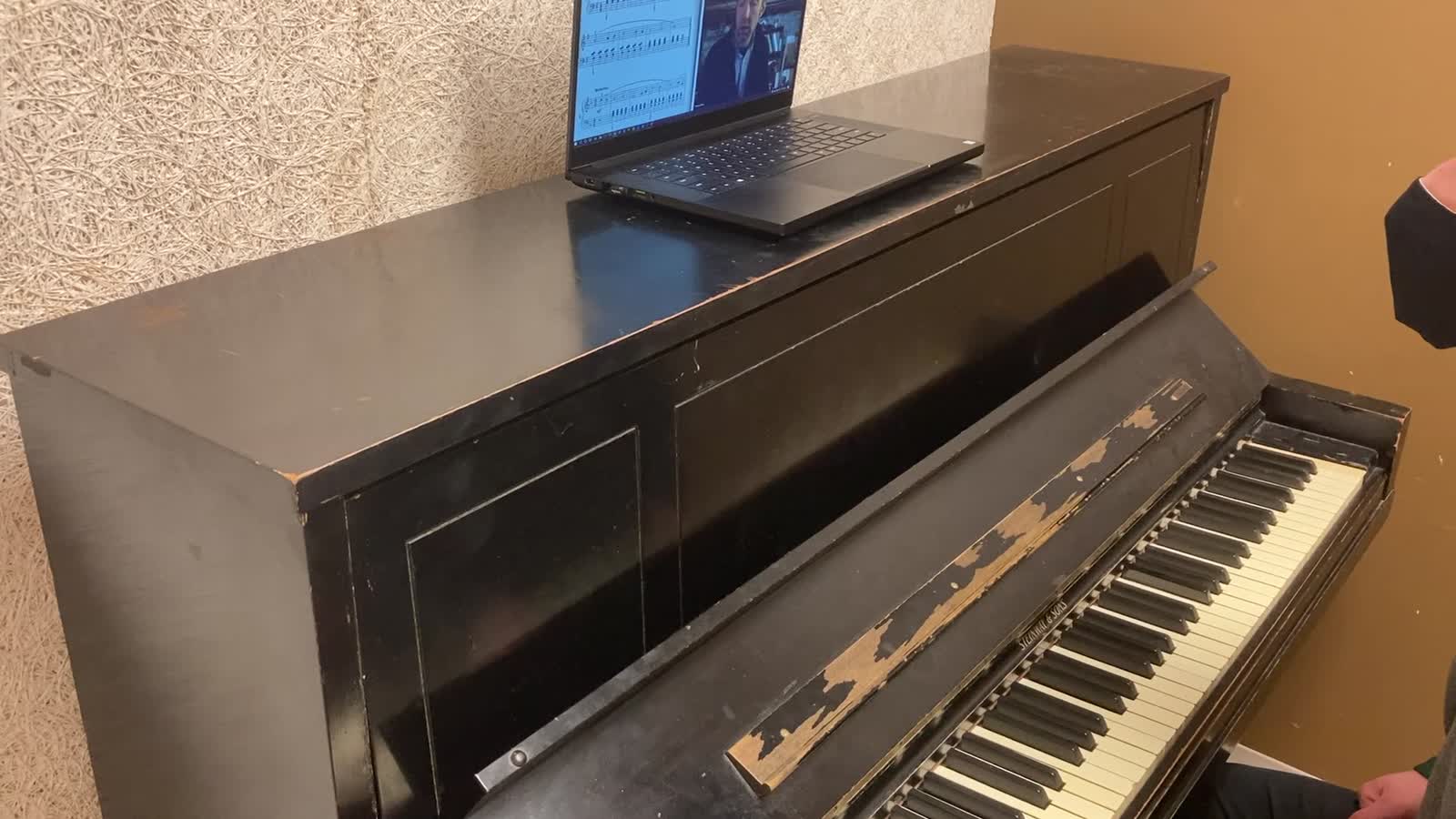Search Results
Results for: 'bot'

Agritourism and Racial Justice in the US
This gathering is focused on the role of agritourism within the racial justice movement in the United States. Panelists from both urban and rural perspectives will discuss the potential for farm-based education and sales of local products to serve...

In this video I am on a live Teams call with my piano instructor, Tom Cleary. I sight-read and play a simple 16-bar piece with both hands.

Diatomaceous Earth (DE) Filtering
Just as the sugars found in sap become concentrated during boiling, so too are the naturally occurring minerals found in sap. As the concentration of minerals increases in the sap, it approaches, then exceeds the point of saturation. When that hap...

All green plants, which includes trees, need sunlight to produce energy for survival. Some trees can satisfy their basic needs with less light than others. Sugar and red maples are two examples of such trees. They are both considered shade-toleran...

Traditional Collection Methods
Traditional methods of sap collection have changed over time. Initially, Native Americans created gashes in the stem, and directed sap into wooden or bark vessels. Early spouts were created by hollowing out small twigs, which were inserted into ta...

The recent period of expansion in the maple industry has seen both established operations grow and many new operations start from scratch. Some real estate listings of land include estimated potential taps. But how many of those taps are actually ...

Vermont laws governing the production and sale of pure maple syrup grant the authority to regulate to the Vermont Agency of Agriculture Food and Markets. The regulations that have been developed as a result of those laws cover everything from the ...

The law is very clear on what can be sold as pure maple syrup; only "the liquid derived by concentration and heat treatment of the sap of the maple tree". No processing that "adds or removes naturally occurring soluble materials" is allowed. This ...